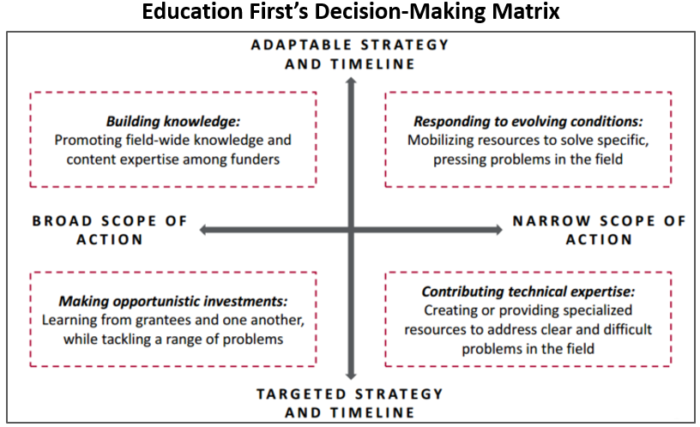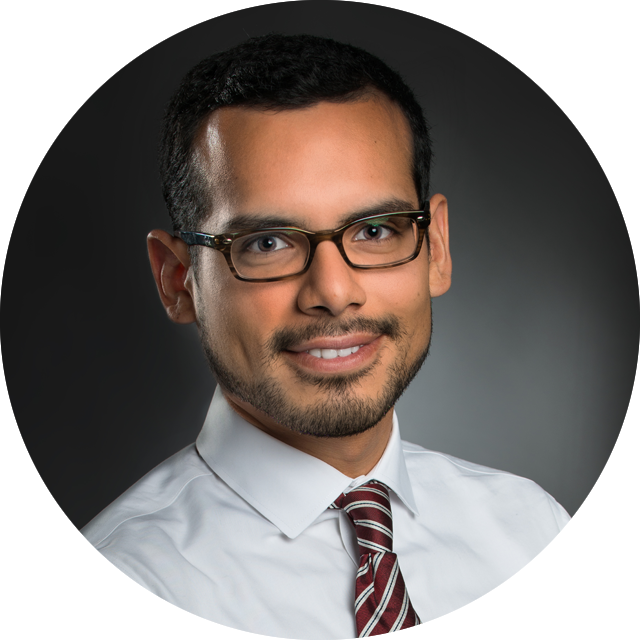The year was 2013. Opposition to the Common Core—and to the new assessments aligned to these more rigorous standards—was running high. And states were suddenly questioning their prior commitment to using high quality assessments, like PARCC and Smarter Balanced, to measure student progress on the Common Core.
Enter philanthropy: With support from Education First, five major funders—the Gates, Lumina, Schusterman and Hewlett Foundations along with the Helmsley Trust—pooled their resources to form a new collaborative, the High Quality Assessment Project (HQAP). Over three years, HQAP strengthened the capacity of civil rights and advocacy groups to build public and policymaker support for high quality assessments, contributing to the defeat of several state measures to eliminate key assessment policies.
When funders work together, big change can happen.
We explore the conditions that help funder collaboratives meet their goals for system-wide change in our new guide, How Funder Collaborations Flourish. This guide includes practical advice for funders on establishing knowledge networks, pooling funds, aligning investments and creating new organizations. It also features a decision-making matrix to help navigate funders through the process of launching, growing and implementing their collaboratives.
We built this guide based on existing literature and our own experiences from the last several years helping to design and manage several funder collaboratives seeking to support implementation of the Common Core, like the Common Core Funders Working Group and the California Common Core Funder Collaborative. Our experience has taught us that complex, systemic challenges in public education often merit collaboration among funders. Funders are well-positioned to pool their knowledge, align their grantmaking strategies and mobilize their resources to tackle problems that no one foundation can solve on its own. But we also know that collaboration isn’t the best solution in every case, as grantmaking priorities don’t always align and funders may want to pursue their own initiatives.
Funder collaborations need a clear purpose, but getting there can be challenging due to competing demands and opinions. In our guide, we present several tools funders can use to decide whether to pursue a collaboration and how to move forward effectively in partnership with other funders. We provide an overview of eight ingredients for a successful collaboration, such as urgency to achieve the collaborative’s goals and a strong case for why the collaboration is better than independent actions.
We also introduce a new “decision-making matrix” to help funders through the process of setting up their own collaboratives. The “decision-making matrix” asks funders to answer three questions as they begin working together:

Once funders reach consensus on these questions, our guide outlines the best approaches to translate their shared interests into specific collaboration opportunities, such as building knowledge, making opportunistic investments, responding to evolving conditions and contributing technical expertise. Four case studies of recent collaborations we’ve participated in (like HQAP) also provide actionable guidance and advice.
When done right, collaboration has the power to accelerate, amplify and sustain meaningful change in public education systems across the country. Big multi-state efforts—like maintaining high quality assessments, creating better teacher professional development, and supporting new and innovative state accountability systems—are prime opportunities for funders to come together in pursuit of shared interests and goals. We encourage funders to use our guide to chart a path toward this kind of systemic change, for the benefit of all students.

